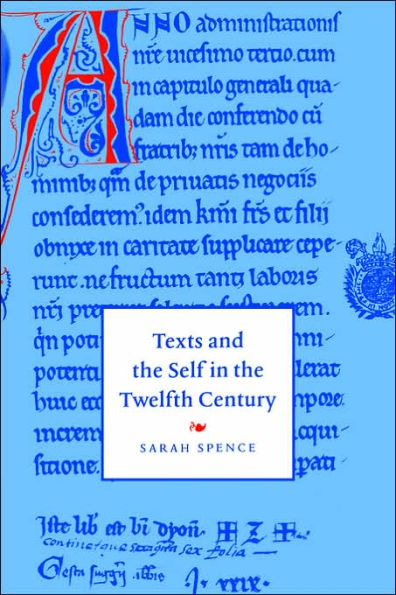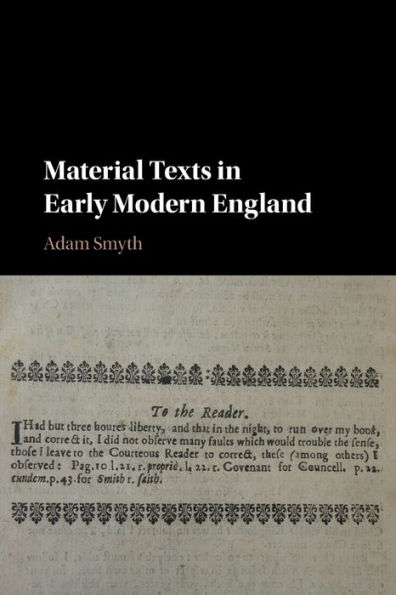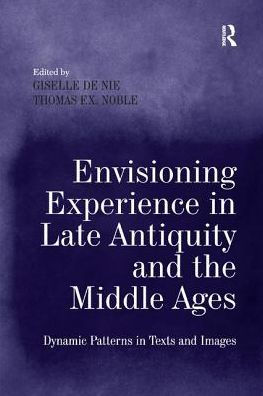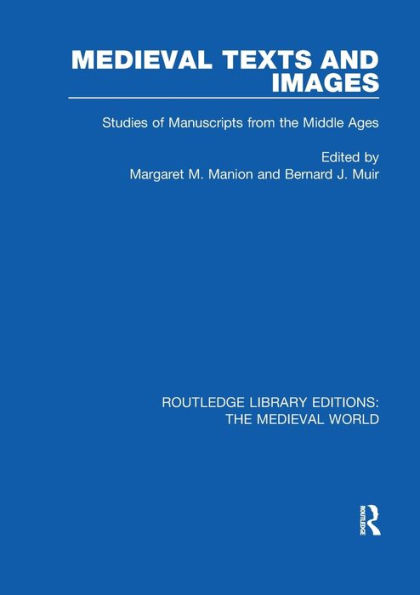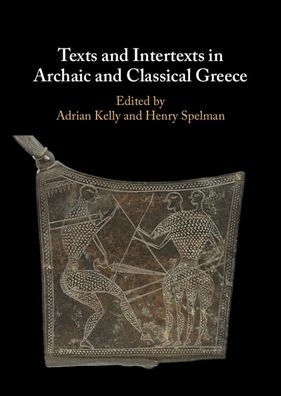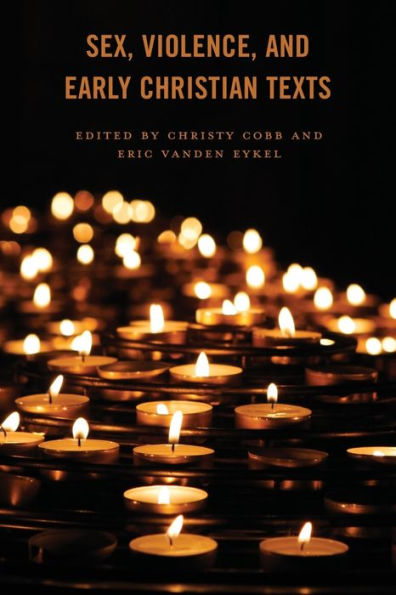Home
Texts & Identities in the Early Middle Ages
Barnes and Noble
Texts & Identities in the Early Middle Ages
Current price: $147.00
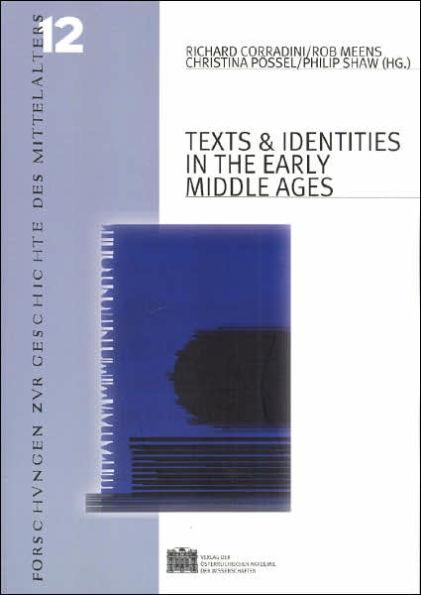

Barnes and Noble
Texts & Identities in the Early Middle Ages
Current price: $147.00
Size: OS
Loading Inventory...
*Product information may vary - to confirm product availability, pricing, shipping and return information please contact Barnes and Noble
For seven years, a collaboration between the Institute for Medieval Studies of the Austrian Academy of Sciences and the Universities of Utrecht, Cambridge, Leeds and Paris I, Sorbonne provided the opportunity for young researchers to discuss and coordinate their work. The title of the project and of this volume, Texts and identities, provides the framework for case studies in different fields of early medieval history. They include apparently disparate topics such as historiography and hagiography, monastic spaces and memories, lay and ecclesiastic legislation, as well as liturgy and penance. Rather than defining a common field of research, the meetings from which these papers have emerged derived their coherence from their common methodological framework. This approach combines two elements: on the one hand, emphasis has been laid on the careful analysis of the transmission of texts and of the manuscript evidence; on the other, research has focused on the problem of identity, or rather, of processes of identification, including the perception of differences between specific social, political and religious communities. In the combination of these two approaches the extant texts from the early medieval period are not only seen as mere reflections of ethnic, social and cultural identities, but also as media that gave meaning to social practices and were often intended to inspire, guide, change or prevent action, directly or indirectly. The written texts that have been transmitted to us can be seen as part of a cultural effort to shape the present by means of restructuring the past. The often discordant voices of medieval authors allow modern historians to grasp something of the multiplicity of the early medieval world, and of the disagreements, conflicts, idiosyncrasies and individual perceptions among the people who lived in that period. Many contributions in this volume propose specific methods for studying changing identities. They analyse differences between similar texts over time, or, specifically, changes in texts in the course of their transmission. The papers collected in this volume illustrate that texts were integral parts of a world in transformation.
